

Engage prospects with a scan and streamline customer engagement with FREE QR code marketing tools by Sona – no strings attached!
Create a Free QR CodeFree consultation

No commitment

Engage prospects with a scan and streamline customer engagement with FREE QR code marketing tools by Sona – no strings attached!
Create a Free QR CodeFree consultation

No commitment
QR codes have evolved into a powerful tool for bridging offline engagement with online action. For car wash equipment suppliers, they offer a simple and effective way to enhance customer interactions, streamline service requests, and generate new business opportunities without the hassle of app downloads or manual processes. Deployed thoughtfully, QR codes connect print, equipment, and events to digital experiences in seconds: scan to request a demo, open a financing form, watch a maintenance video, or submit a service ticket.
Car wash operators and B2B buyers now expect fast, digital-first solutions for everything from equipment demonstrations to maintenance requests. As car wash vacuum systems, payment solutions, and mobile car wash services expand, suppliers who adopt QR code technology differentiate themselves and meet growing demands for speed, convenience, and measurable ROI. Behind these expectations are industry frustrations like losing high-value prospects who are not tracked or struggling to tie offline touches to actual revenue, often resulting in lost opportunities and unclear campaign value.
This guide shows car wash equipment suppliers how to use QR codes to connect physical touchpoints to effective digital experiences. By creating a seamless journey, QR codes help increase lead generation, maximize equipment utilization, and drive revenue growth, while solving challenges around attribution, visibility, and timely customer engagement. Throughout, you will see where to place codes, how to track them, and which workflows to automate so every scan turns into a business outcome.
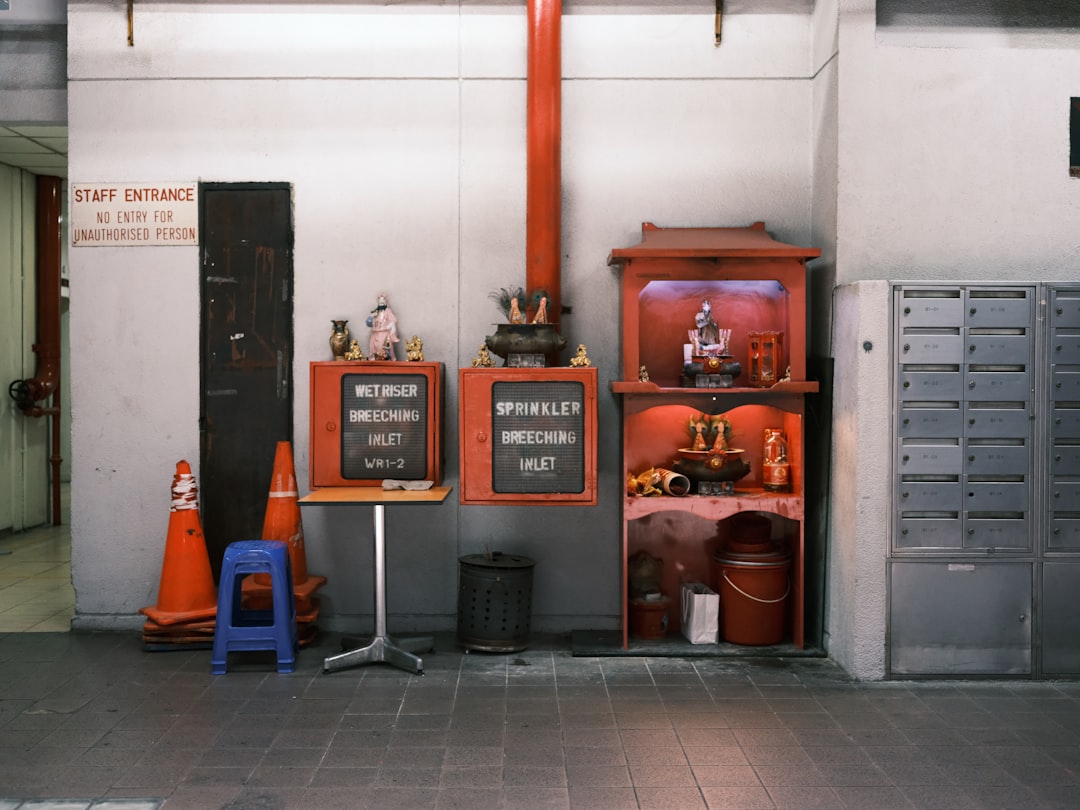
QR codes bridge physical touchpoints and digital outcomes, allowing suppliers to capture leads faster, deliver richer product experiences, and streamline service workflows. Many car wash equipment suppliers still rely on printed brochures, paper-based forms, or manual service requests that slow follow-up and leave intent signals invisible. If a prospect takes a catalog from your trade show booth, you may never know who they are or what products they considered. A scan-first approach solves that gap by turning each interaction into a measurable digital pathway.
Think of QR codes as a universal remote for your buyer journey. Wherever a customer sees your brand or equipment, they can scan to take the next step: watch an installation video, schedule a site survey, download a financing application, or open a support ticket. The move from analog to digital is not just convenient; it shortens sales cycles, raises attribution accuracy, and increases the likelihood that time-sensitive interest turns into pipeline. Platforms like Sona QR make it easy to generate, brand, and track codes, then sync insights back to your CRM and ad platforms.
Here is how to make it work:
Modern platforms automate QR creation and tracking, helping suppliers scale campaigns, manage dynamic destinations, and act quickly on buyer intent. The result is a unified, measurable experience that aligns sales, marketing, and service around real customer behavior.
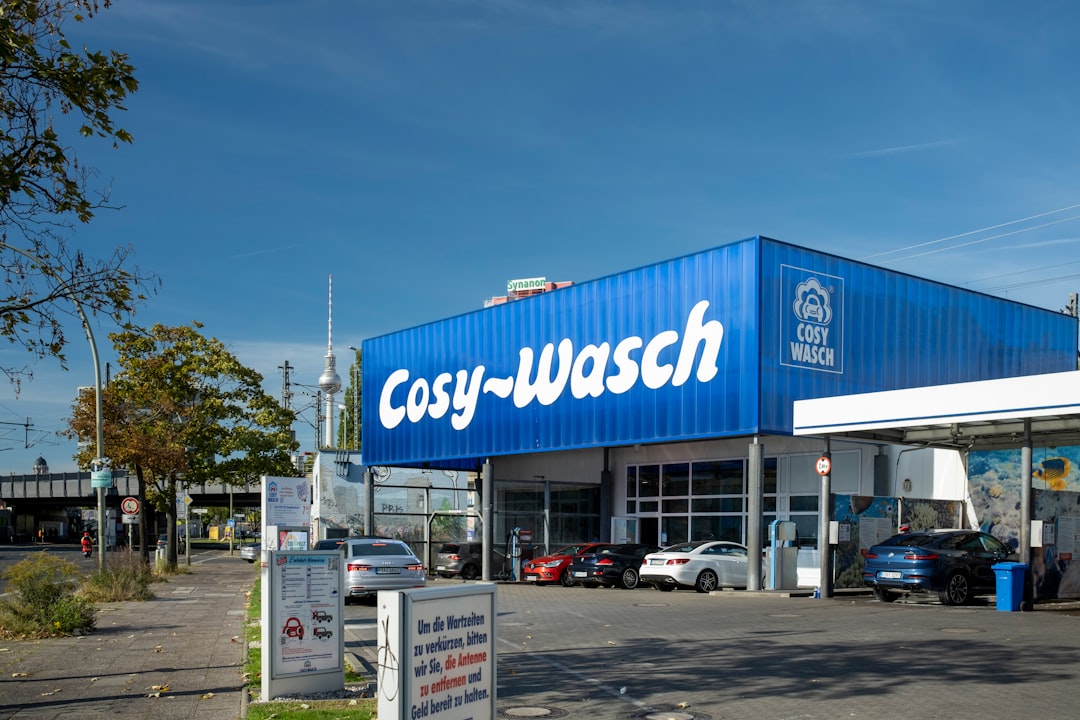
Car wash equipment suppliers operate in a tactile, hands-on environment where print collateral, on-site demos, and in-person consultations are the norm. The challenge is turning those offline moments into digital actions that can be tracked and nurtured. Without a bridge, valuable interest remains invisible, and teams cannot prioritize high-intent buyers or attribute revenue to specific touchpoints. QR codes make offline-to-online transitions instantaneous, transforming brochures, equipment placards, and service invoices into interactive gateways.
Beyond convenience, QR codes enable speed and clarity across the buyer journey. A facility manager scanning a decal on a malfunctioning pump can instantly file a service ticket with model and serial data pre-filled. A franchise owner considering a tunnel retrofit can scan a trade show banner to open a cost calculator or book a site assessment. Because QR codes are scannable in seconds, they cut friction and let customers act while motivation is high.
QR codes deliver crucial benefits:
For car wash suppliers, the most common physical assets include sales kits, equipment decals, service vans, price boards, and invoices. Each is a natural home for QR codes that open up demos, financing, service, or reorders. By pairing the right content to the right surface, you create a path from interest to action that is measurable and repeatable.
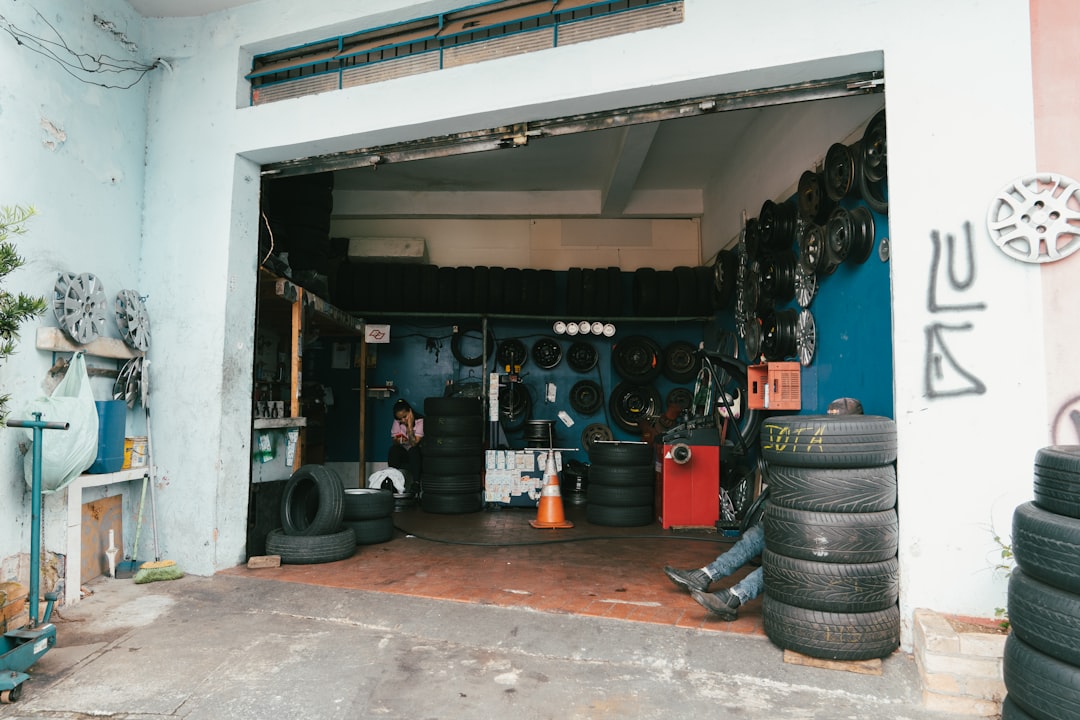
Different QR code formats support different goals. Choosing the right type ensures that the scan leads to the best next step for the customer, whether it is contacting a rep, getting online quickly at a demo, or submitting a service request. In car wash environments, conditions can be bright, wet, or fast-paced, so the destination should be mobile-friendly, quick to load, and designed for action.
Suppliers typically benefit from a mix of static and dynamic QR codes. Static codes point to permanent resources like a PDF manual or a warranty page. Dynamic codes point to URLs you can change later and include tracking parameters, which is critical for event campaigns, promotions, or on-equipment decals you want to retarget. Sona QR supports both, letting you manage formats and destinations inside a single platform.
Dynamic QR codes offer the most flexibility for campaigns that need updates, segmentation, or analytics. Use dynamic codes when you want to test different CTAs, rotate offers by market, run time-bound promotions, or link scans to retargeting audiences through Sona.com.
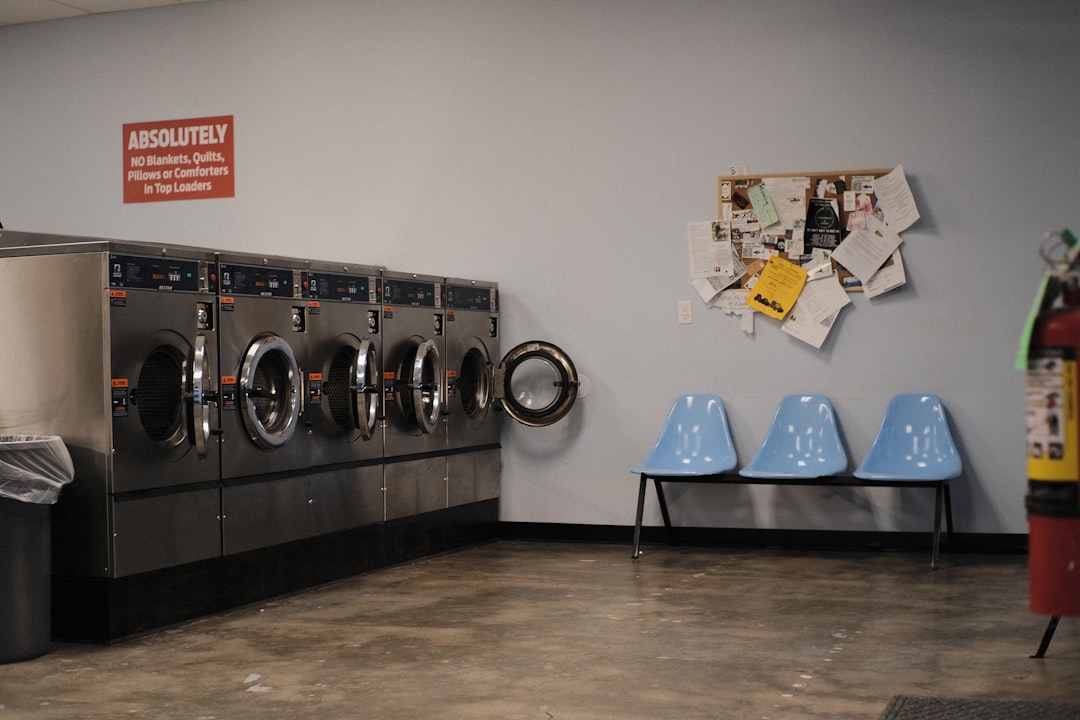
Growth is easier when your QR codes line up with high-intent moments across the physical journey. In the car wash supplier world, these moments often happen at in-person events, in the equipment bay, or during service and procurement. The key is to place a code wherever a buyer is deciding what to do next, then make that next step obvious and rewarding.
Look across your go-to-market motions: trade show attendance, outbound sales kits, distributor channels, field service visits, and invoicing. Each includes printed materials or physical surfaces that can be activated with QR. Identify underperforming touchpoints where you do not capture interest today, and add codes tied to tangible outcomes like demo bookings, estimates, or reorder flows.
When each surface acts as a digital gateway, you close the loop on offline engagement. That translates to a clearer view of pipeline sources, a faster route to conversations, and better insight into which materials actually move deals forward.
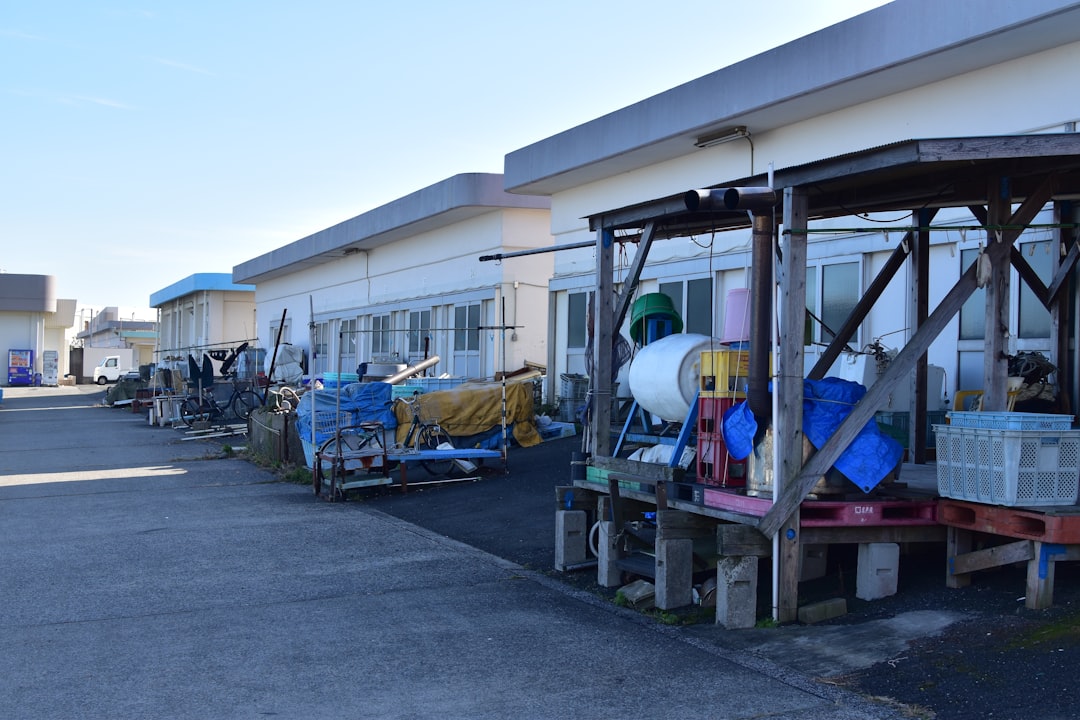
Use cases work best when they mirror your buyers’ real-world moments: learning about solutions, evaluating fit, buying, and maintaining. QR codes shine when the action should happen right then, without searching for URLs or waiting for a rep to call back. Start with a handful of use cases that cover the funnel, then expand across teams and assets as you prove ROI.
Below are high-impact use cases that deliver fast wins and measurable outcomes:
You can extend these patterns further:
Each use case becomes more powerful when you measure scan rates, form conversion, and downstream revenue. With Sona QR, you can see which placements and messages work best, then double down on the winners.
Every QR scan is a buyer intent signal. It captures context: where the scan happened, which asset prompted it, and what the customer wanted to do. If that signal never reaches your CRM or ad platforms, you miss the chance to retarget or nurture at precisely the right time. The best practice is to run multiple QR codes across your touchpoints, each tagged to a journey stage, use case, or channel.
In car wash equipment, audience distinctions can be very specific. A single supplier might serve independent operators, franchise groups, new build developers, and municipal fleets. Their needs and buying timelines vary widely. QR scans help you categorize them automatically: a scan from an installation decal suggests an active site, while a scan from a trade show banner indicates early research. Use Sona QR to map each code to segments and push them to Sona.com, Salesforce, HubSpot, or ad platforms for follow-up.
With Sona QR, each code is a smart entry point into your funnel that captures data you can act on. Use it to trigger sales alerts for hot accounts, enroll scanners in education tracks, or serve ads that feature the exact product they explored.
QR codes are not a standalone tactic. They amplify your existing channels by removing friction and adding measurement. In a category where much of the marketing is offline, codes provide the missing link: you finally know which brochure, booth sign, or invoice nudged a buyer to engage. Even better, you can personalize the next step by channel, placement, or audience.
A connected QR strategy touches everything from print to field operations. Align your creative so the promise next to the code matches the digital experience. Each medium has an optimal CTA and destination: a trade show banner should route to fast scheduling, while an invoice should lead to reorder or bill pay. Use Sona QR to centralize code creation, apply UTM parameters consistently, and monitor performance by channel.
QR codes serve as the offline onramp to your digital marketing engine. They also unlock a new layer of data across channels that used to be difficult to measure. With Sona QR, you can manage every code centrally, roll out brand-safe designs, monitor performance in real time, and sync scan activity to your CRM and ad platforms for closed-loop reporting.
Launching your first QR program is straightforward if you anchor each step to a business outcome. Think of this as a repeatable process: identify a use case, select the right code type, design for context, deploy across high-impact placements, and optimize based on data. Below is a simple execution framework adapted to common scenarios in car wash equipment supply.
Start with a goal that maps to funnel stage and team ownership. For example, your sales team might focus on demo bookings at trade shows while your service team targets faster ticket creation from on-equipment scans. Tie each use case to a single success metric so you can judge impact quickly and decide where to expand.
Select static or dynamic codes based on how frequently the destination might change and whether you need analytics and retargeting. For most campaigns, dynamic codes are the better choice because they provide flexibility and data without reprinting.
Design is not just aesthetic: it communicates value and ensures scannability in real-world conditions. In car wash environments, codes must be large enough, high contrast, and durable. Your CTA should be explicit and benefit driven.
Roll out codes where they will reach the right audience at the right moment. Match placement to behavior: decision points get conversion-focused CTAs, while learning zones get educational content with a path to speak to sales.
Treat each deployment like a test. Monitor scan volume, conversion rate, and time to response. Then refine creative, placement, and destination experiences based on what the data shows. The feedback loop is where QR campaigns compound.
A disciplined checklist turns QR from a novelty into a revenue channel. Repeat this process for each new use case, then roll out your best performers across regions and distributor networks.
Suppliers often struggle to link offline engagement to pipeline and revenue. Manual lead capture or siloed tracking leaves teams guessing which assets work and which do not. QR codes deliver the raw data, but without a system to enrich, sync, and attribute, you only see part of the picture. The goal is to carry the signal from scan to sale and prove what moves the needle.
A full-funnel view includes scan metadata, on-page behavior, form submissions, CRM status changes, and final conversion. When you combine QR with identity resolution and multi-touch attribution, you can connect scans from trade shows, equipment decals, and direct mail to known contacts and opportunities. This is where Sona QR and Sona.com shine: they capture real-world engagement and translate it into insights your sales and marketing teams can act on.
The outcome is a closed-loop system that connects scans to revenue. Instead of guessing, you can show which trade show displays, on-equipment decals, or direct mailers influenced the deal. That clarity lets you scale what works and cut what does not.
Once your initial campaigns are live, you can expand impact by tightening measurement, automating follow-up, and adding creative placements. Focus on tactics that match your most common media, support a clear buyer journey, and align with your tech stack. In car wash equipment supply, that typically means print collateral, on-equipment decals, service workflows, and event marketing.
Training staff is also essential. QR codes are simple, but they work best when everyone knows the value proposition. Give sales and service teams scripts that explain what scanning unlocks: a faster path to help, a better demo slot, or a tailored bundle price. The stronger the benefit, the higher the scan and conversion rates.
QR codes give car wash equipment suppliers a versatile, measurable method to modernize engagement, improve the customer journey, and drive sales. By integrating trackable QR codes across touchpoints, whether brochures or machinery, suppliers tackle challenges like missed leads, unclear attribution, and slow follow-up. With adaptive strategies and technology powered by Sona QR and Sona.com, every scan becomes an opportunity to build stronger customer connections and accelerate revenue in a digital-first industry.
If you are ready to get started, Start creating QR codes for free with Sona QR. Create dynamic codes, add your branding, instrument UTMs, and sync scan data to your CRM in minutes. As you scale, use Sona.com to connect scans to pipeline and prove the ROI of your offline-to-online marketing.
QR codes have transformed the car wash equipment suppliers industry by turning traditional product access and support into seamless, interactive experiences. Whether it’s enabling instant equipment information, facilitating maintenance requests, or streamlining customer onboarding, QR codes replace cumbersome manuals and phone calls with immediate, mobile-friendly actions that enhance operational efficiency and customer satisfaction. Imagine empowering your clients to access vital equipment details or troubleshooting guides with a simple scan—boosting loyalty and reducing downtime.
With Sona QR, you can create dynamic, trackable QR codes in seconds, update content instantly without reprinting, and link every scan directly to actionable insights and revenue opportunities. No more missed connections or outdated information—just smarter, more responsive engagement that drives sales and strengthens relationships. Start for free with Sona QR today and transform every scan into a gateway for growth and customer success.
QR codes help car wash equipment suppliers bridge offline engagement with online actions by enabling instant demo requests, maintenance support, financing forms, and service tickets, which improves lead generation, customer engagement, and revenue tracking.
Suppliers should use static QR codes for fixed content like manuals and warranties, and dynamic QR codes for campaigns needing updates, tracking, and retargeting to provide flexibility and measurable results.
QR codes should be placed at high-intent decision points such as trade show booths, equipment decals, demo bays, sales kits, service vans, and invoices to connect prospects with relevant digital content and actions.
Useful QR code formats include web links for product info, vCards for contact sharing, forms for demo bookings and service requests, Wi-Fi access at events, app downloads, and SMS or email pre-filled messages for quick outreach.
QR codes capture scan metadata like time, location, and device, which can be synced with CRM systems to attribute offline interactions to revenue, enabling better lead scoring, follow-up, and measurement of campaign effectiveness.
Key steps include choosing a clear use case, selecting the right QR code type, designing and testing codes for durability and clarity, deploying them in high-impact locations, and tracking and optimizing based on scan and conversion data.
Suppliers can align QR codes with print collateral, direct mail, event signage, and digital ads to create seamless offline-to-online journeys that enhance measurement, personalization, and follow-up across marketing channels.
Essential car wash equipment includes vacuum systems, payment solutions, tunnel wash systems, and maintenance tools, all of which can be enhanced with QR codes for demos, support, and ordering.
QR codes enable instant capture of buyer intent by linking physical assets to digital forms, videos, and demos, allowing suppliers to segment audiences, trigger sales alerts, and run targeted nurture campaigns.
Technology like QR codes can be integrated by placing them on brochures, equipment, signage, and invoices to provide quick access to demos, financing forms, maintenance guides, and service requests, enhancing customer experience and operational efficiency.
Use Sona QR's trackable codes to improve customer acquisition and engagement today.
Create Your FREE Trackable QR Code in SecondsJoin results-focused teams combining Sona Platform automation with advanced Google Ads strategies to scale lead generation

Connect your existing CRM

Free Account Enrichment

No setup fees
No commitment required

Free consultation

Get a custom Google Ads roadmap for your business






Launch campaigns that generate qualified leads in 30 days or less.
